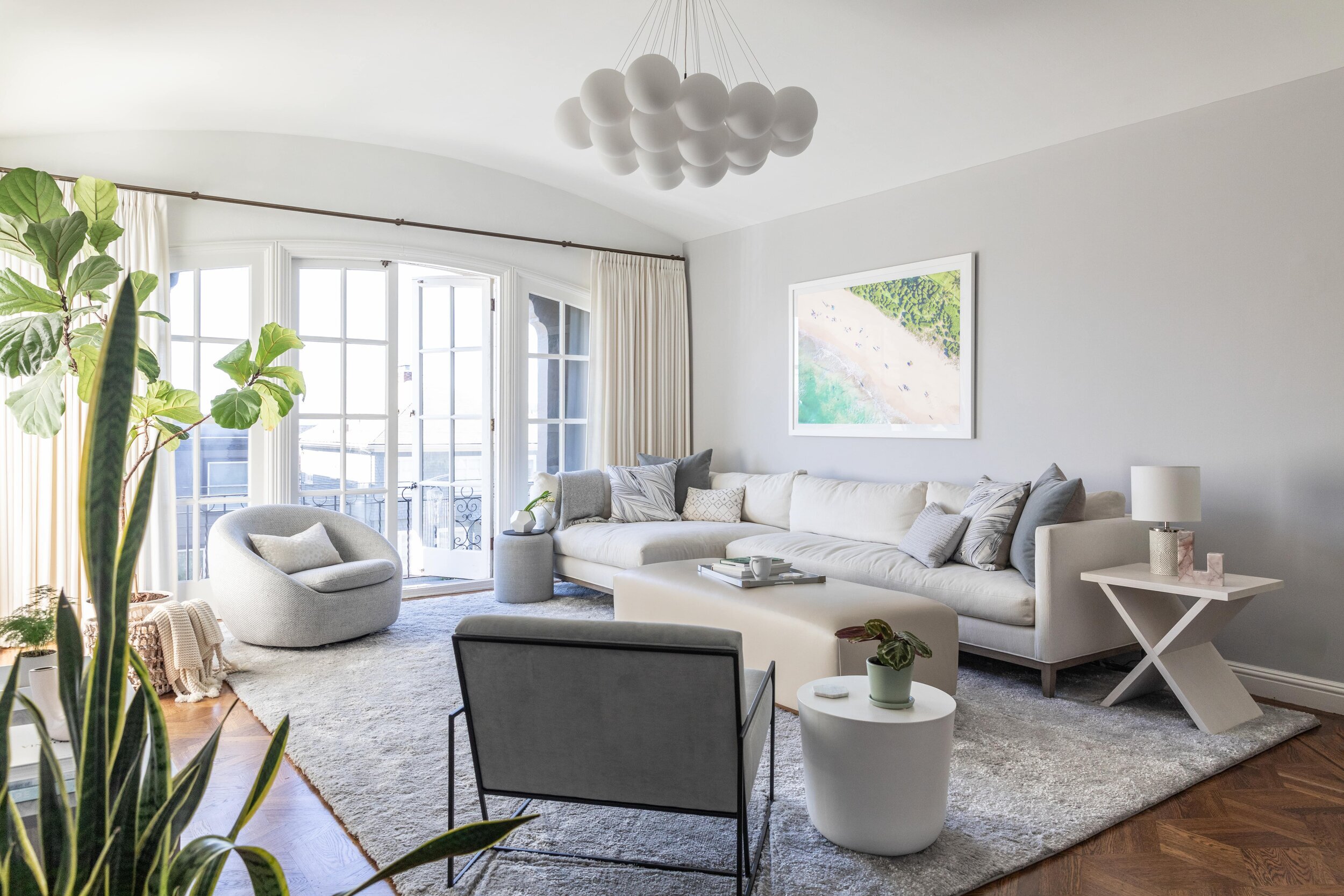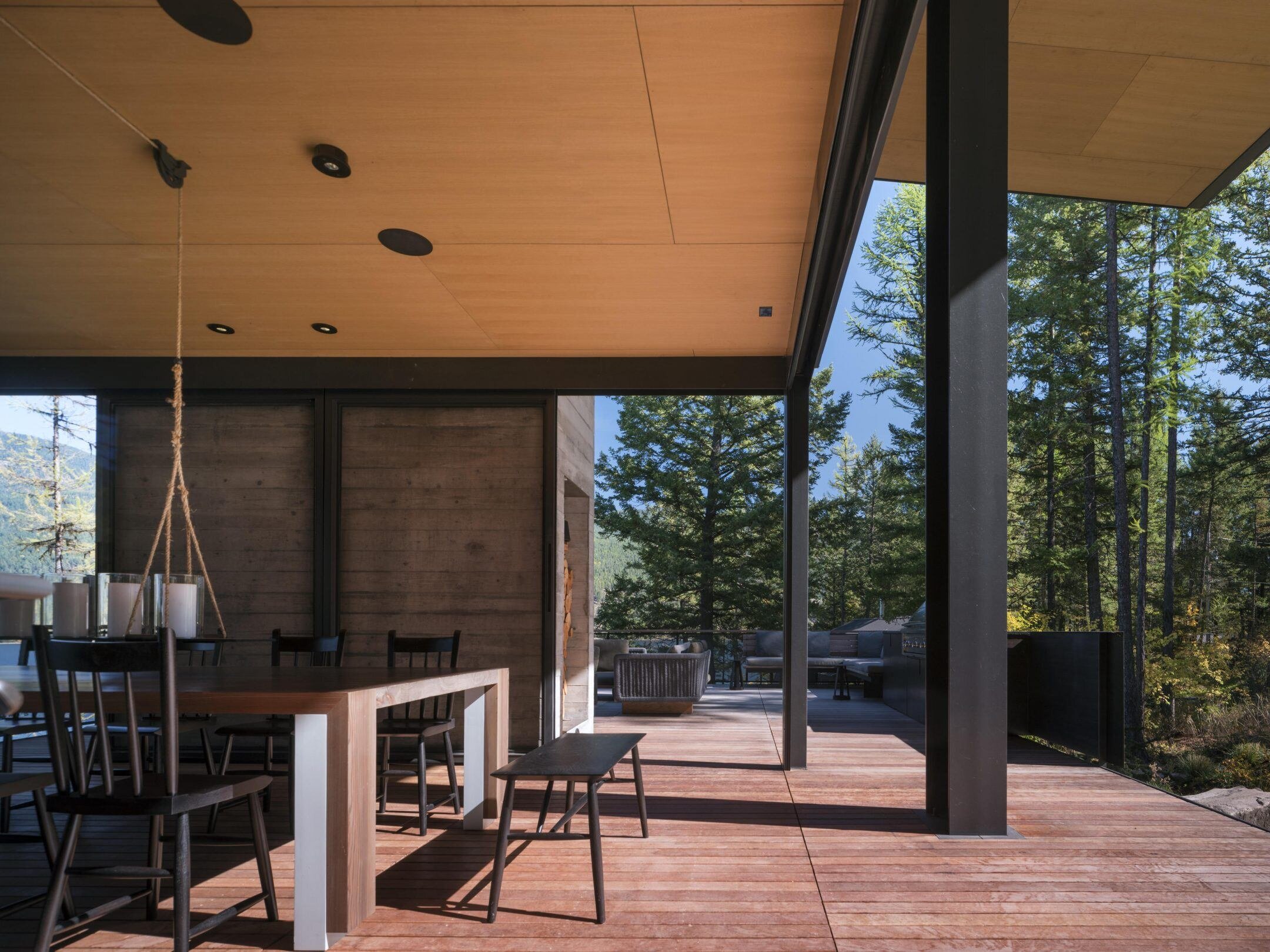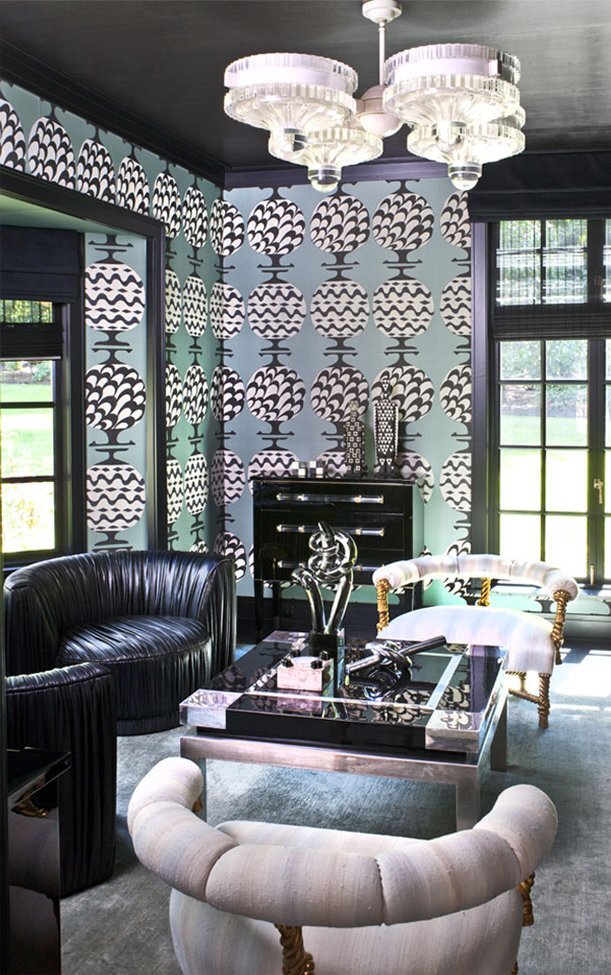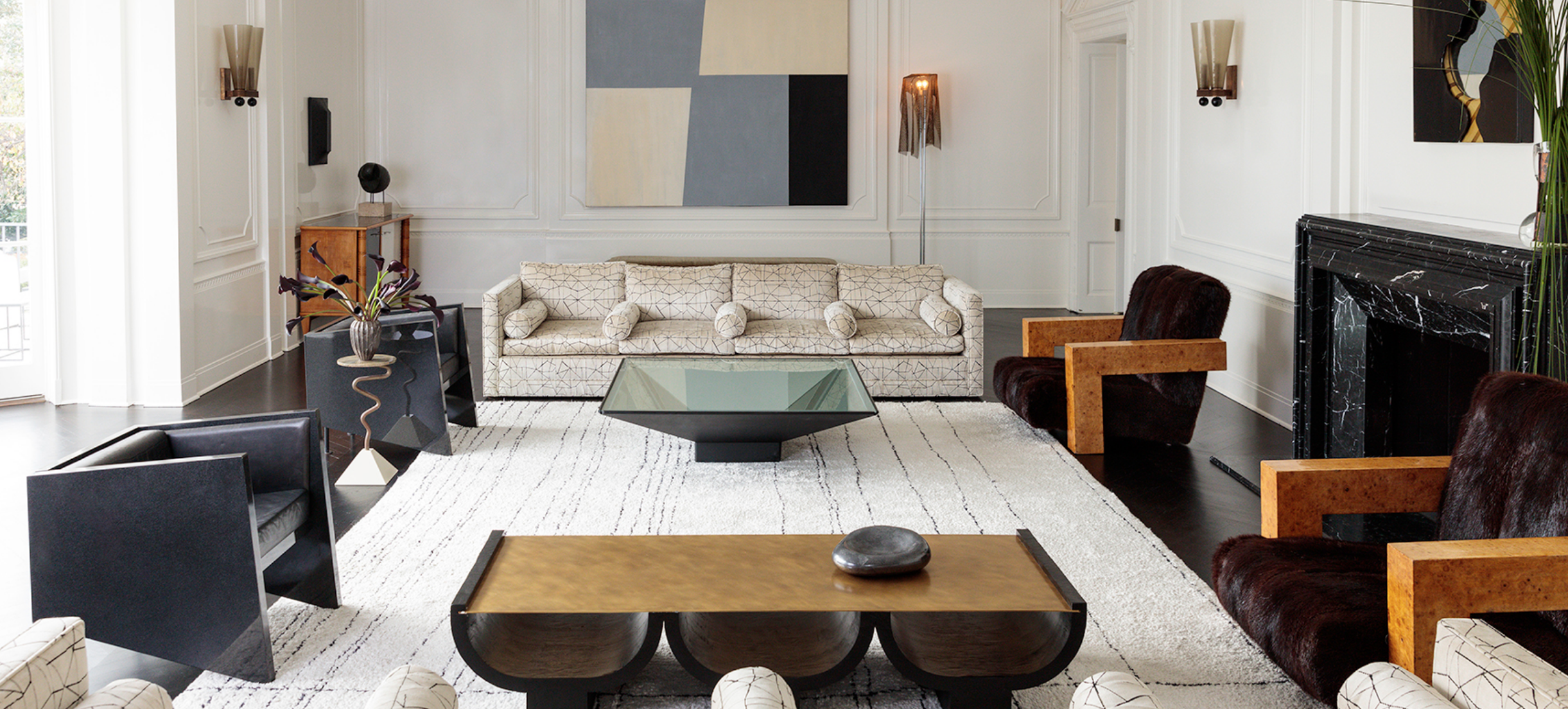What Is the Modern Design Aesthetic? (and What Isn't It?)
If I had a nickel every time a client described their style as “modern,” I would be one wealthy interior designer. I would buy my own island in the Caribbean, move the huz and the kids, and spend the rest of our lives enjoying the island life. Okay… maybe not (we love the Bay Area), but you get my point — the word “modern” is used a LOT, and not always in the right way.
What most people don’t realize is that the term “modern” indicates a specific period of design from the mid-1900s. (Ever heard of mid-century modern? That’s the one!)
However, the term “modern” has since become a blanket term for wanting something updated, fresh, and good-looking. So what is truly modern, and what isn’t modern (But is totally fresh)?
Grab a drink, sit back, and let me walk you through it...
from our portfolio - modern elements mixed with contemporary comfort
Features of Truly Modern Design
Before I dive in, let me walk you through a little piece of interior design history. (I will keep it short, I promise!)
Modern interior design, the REAL modern, grew and reached its peak in the 1950s, that’s why we refer to it as “mid-century.” Mid-century modern design is characterized by…
clean lines, geometric or organic
a minimal approach to filling a space
the use of natural materials, like wood, leather and metal
saturated colors, though minimally used
Her'e’s an example of a truly modern design…
This delightful patio from the Olson Kundig project, though admittedly lacking in color, nails the modern look:
the high ceilings for openness
natural materials in the structure and furnishings
minimalist approach to filling the space
timeless transition to the surrounding nature
the furniture is a little more eclectiC, so here’s an example, this time including mid-century modern furniture:
We see clean lines, both straight and curved, natural materials, and designs that do the most with the least amount of material. Both the side table and the leather chair with caning are examples of mid-century modern furniture.
Now that you know what modern is, what isn’t it? Well, when people use the term “modern” these days, they’re usually referring to an updated, clean, minimal, and cutting-edge style. In most cases, what people actually mean to say is updated or contemporary. Say it with me one more time: contemporary!
Not Modern… Contemporary
You might think this space is modern, but with painted wood shelving, wallpaper, and a cozier approach to space planning, it is definitely more contemporary. In fact, if you usually find yourself drawn to bright and light colors, a clean look, and an overall updated feel in the space, your style is probably more contemporary.
Mixing Up Old Classics
But, the true of interior design is this: most of our homes are not all one style or another. Why? Because real people live there. and i’m willing to bet there are many layers to your personality, family’s tastes, and lifestyle, right?
So, let’s take a look at some design inspiration inspired by modern pieces…
Urban meets modern design
This project by Jessica Helgerson blends modern design and an urban feel. The brick and overhead are undoubtedly old school urban, while the natural elements, minimal finishes, and the furniture and light fixtures (mid-century modern designs!) are all modern design touches that create a beautiful balance.
Modern pieces paired with Eclectic Glamour
This space by Kelly Wearstler is a fusion of modern, contemporary, and even – if i may be so bold — a touch of art decor. We see modern shapes in the chairs, but ornate detailing is more traditional, the wall paper and coffee table have an art deco feel, and the light fixtures are something else entirely!
Modern meets minimal contemporary
This living room, also by Kelly Wearstler, is vastly different from the one above –but both work. The furniture is mostly modern, but contemporary touches in the light fixtures, side table, and the traditional architectural details give it an entirely different feel. Proof that there’s no limit to blending design styles, if you know what you’re doing.
Modern Gets a Vintage Twist
This room by architecture firm Commune has “modern architecture” written all over it, from its expansive, black-framed windows, natural wood floors and ceiling, and a copper mantel (which will acquire a great patina over time).
To bring the architecture into the space, the design includes several distinctly modern furnishings — the chair, the coffee table. But the rest of the furnishings and décor are a mix of eclectic, classic, and some even vintage,
The result is cozier space, modern comfort with a vintage twist. This is the perfect way to harmonize the architecture of the home with the family’s own personal style.
Not Modern… Minimal
It would be tempting to call this room “modern,” and yes, it’s true that modern spaces do use natural materials like concrete and wood, but there is very little about this space that is mid-century. It’s… minimal.
Everything from the architecture, to the choice of material, the finishes, the colors, represents the minimal look. Fun Fact: This Charlse deLisle "guest pod" is a little guest house in Glen Ellen, CAlifornia.
Not Modern… Scandinavian chic
Scandinavian design is another genre that is often confused with modern. Yes, it has a minimal approach to furnishing a room. Yes, it uses natural (usually unfinished) woods and soft materials. But if you look at this space and a mid-century modern space, they have a some big differences.
Modern design has more presence in a room, bolder lines, and usually color. Scandinavian design is very light, airy, and has more of a softness to it, like the photo above.
Design Takeaways
By now, you should know what modern design is and what it isn’t, but I also know that it can be hard to tell the difference without some practice!
As long as you have a clear vision of what you want your space to look like, we can help you define it and bring it to life. You see, my job as an interior designer is more than just designing. It includes helping you understand your own vision and see clearly what you want in your home. Our process is bulletproof!
If you’re ready to start creating a home you love, reach out to me here. I can’t wait to discover which design will help you and your family live better than ever in the year to come.
Xoxo,
Susie










